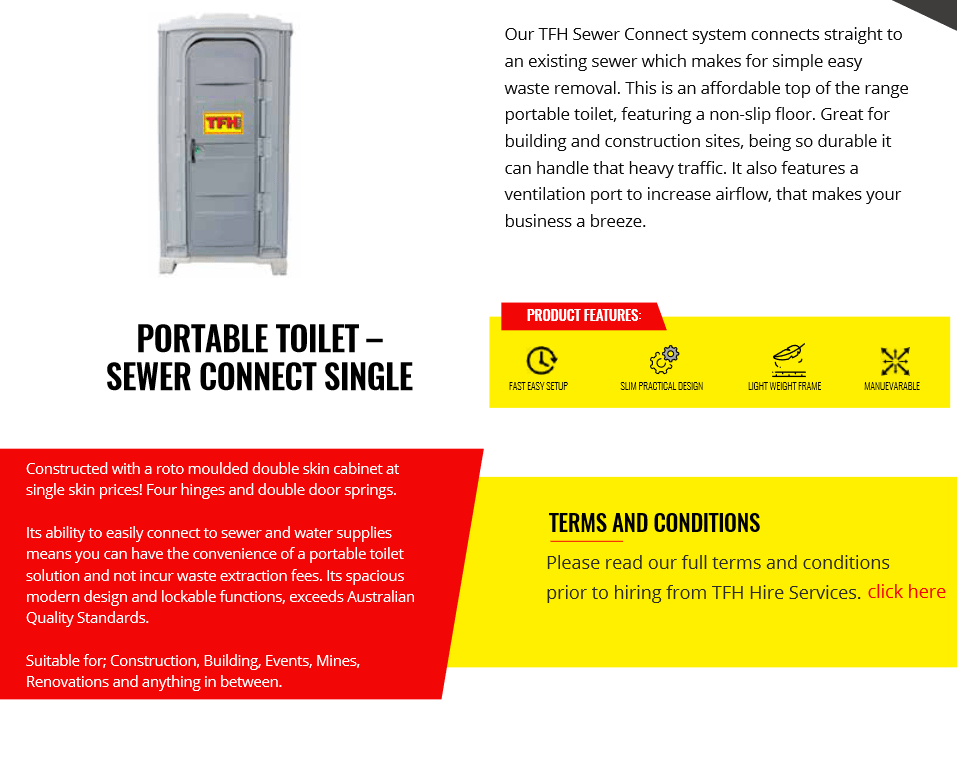The Ultimate Guide To Reclaim Waste
The Ultimate Guide To Reclaim Waste
Blog Article
Reclaim Waste Can Be Fun For Anyone
Table of ContentsReclaim Waste Can Be Fun For EveryoneReclaim Waste Things To Know Before You Get ThisThe Definitive Guide to Reclaim WasteSome Of Reclaim WasteThe Only Guide for Reclaim Waste
Discover the kinds, incidents, and kinds of liquid waste. Residential sewage waste describes the waste and products from a household sewage-disposal tank. This kind of waste is produced by humans in homes, colleges, and other buildings. This only includes sewage-disposal tanks that have a drainpipe field. The proper management and disposal of residential sewer waste need liquid waste to be transferred to a sewer treatment plant where the appropriate methods and devices are applied to cleanse and dispose of waste.
Business waste typically includes prospective hazards, such as combustible products or a mixture of liquid and solid waste products, and calls for an advanced and detailed disposal procedure. The disposal of industrial waste usually involves the purification of waste prior to transportation to guarantee risk-free and correct disposal. Industrial waste is created from results and runoff of industrial procedures and production.
This kind of waste can not make use of the exact same sewer monitoring transportation or procedures as septic or industrial fluids. The industrial waste management procedure requires the assessment and testing of liquid waste prior to it undertakes the disposal process (liquid waste removal melbourne). Drainage waste is the fluid waste that originates from overflow and excess stormwater in extremely booming locations or cities
Drainage waste can trigger contamination and flooding if not handled correctly. Discover more regarding sewage system cleansing and waste monitoring. Making sure proper waste administration can prevent catastrophes and minimize environmental damage. Both people in property settings and specialists in business or production sectors can gain from recognizing the processes and policies of liquid waste management.
Reclaim Waste - Questions
Get in touch with PROS Providers today to find out concerning our waste administration and disposal services and the proper ways to care for the liquid waste you produce.
(http://www.place123.net/place/reclaim-waste-laverton-north-vic-australia)This so-called 'wastewater' is not only a vital source yet, after treatment, will be released to our land, rivers or the sea. Utilized water from toilets, showers, baths, kitchen sinks, washings and industrial processes is understood as wastewater.

water utilized to cool down machinery or clean plant and devices). Stormwater, a kind of wastewater, is runoff that streams from farming and city areas such as roofing systems, parks, gardens, roads, courses and gutters right into stormwater drains, after rain. Stormwater flows untreated directly to local creeks or rivers, ultimately reaching the sea.
Not known Incorrect Statements About Reclaim Waste
In Queensland, most wastewater is treated at sewer therapy plants. Wastewater is carried from residential or industrial sites via a system of sewers and pump terminals, referred to as sewerage reticulation, to a sewage treatment plant. City governments build, keep and run most sewer treatment plants. Operators are accredited under the Environmental Security Act 1994 to release treated wastewater at an acceptable environmental requirement into waterways.
The Division of Natural Resources encourages local federal governments about managing, operating and preserving sewage systems and treatment plants. In unsewered locations, city governments might call for householders to install private or home sewer treatment systems to deal with residential wastewater from commodes, cooking areas, bathrooms and washings. The Division of Natural Resources authorises the usage of household systems when they are shown to be efficient.
In some brand-new neighborhoods, therapy of some stormwater to get rid of clutter, sand and gravel has begun using gross contaminant catches. Wastewater treatment happens in four stages: Removes solid issue.
Wastewater after that moves into huge storage tanks where solids resolve and are removed as sludge. Oil and residue are skimmed from the surface area. Utilizes tiny living organisms called micro-organisms to damage down and get rid of remaining liquified wastes and great particles. Micro-organisms and wastes are integrated in the sludge. Eliminates nitrogen and phosphorus nutrients that could create algal blossoms in our rivers and threaten marine life.
The Single Strategy To Use For Reclaim Waste
Nutrient elimination is not readily available at all sewage treatment plants because it calls for pricey specialist equipment. Clear liquid effluent created after therapy may still include disease-causing micro-organisms - industrial wastewater treatment.

A lot of wastewater moves into the sewage system. Under the Act, local governments provide authorizations and licences for ecologically relevant activities (Periods) involving wastewater launches that may have a local influence.
Excitement About Reclaim Waste
Tracking provides accurate info concerning water quality and can validate that licence conditions are being satisfied. The information obtained through monitoring offers the basis for making water top quality decisions.
Report this page